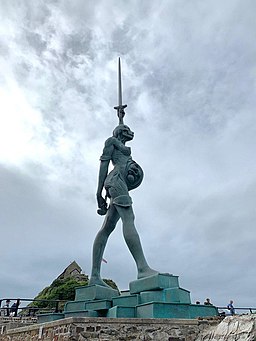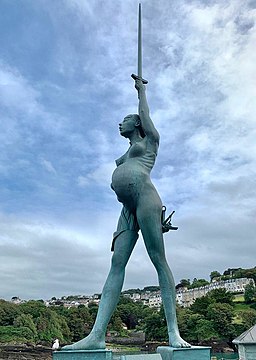A Brief History of Bronze Sculpture and its Famous Artists
The history of bronze sculpture goes all the way back to the birth of metal alloys. As bronze began to be used for tools and weapons, so too was it used for art. In fact, bronze sculpture can even be placed as far back as the prehistoric period.
The famous 'Dancing Girl' is a bronze sculpture that was discovered by the British archeologist Ernest Mackay in 1926. It was dated to the period of 2300–1750 BCE and was placed as an example of art from the Harappan civilisation. Today this piece is housed in the National Museum, New Delhi. Unsurprisingly, it cannot be said who the skilled artist was that created this magnificent piece of art, the same that can be said for almost all of the great sculptors that have created bronze artworks in antiquity.
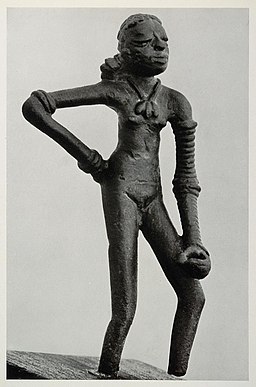
Bronze sculptures in antiquity
Bronze sculptures were first scaled up to be life-size by the Ancient Greeks. A primary example of a life-sized bronze sculpture from this time is the 'Victorious Youth' statue. This sculpture was found by fishermen off the Adriatic coast of Italy in 1964. It is thought to have been created in 300-100 BCE, with the commonly held view being that the man behind this piece of bronze art is the sculptor Lysippos, who is known for sculpting other such bronze statues as 'Hermes of Atalante'. He is, along with Scopas and Praxiteles, known as being one of the great Classical Greek sculptors.
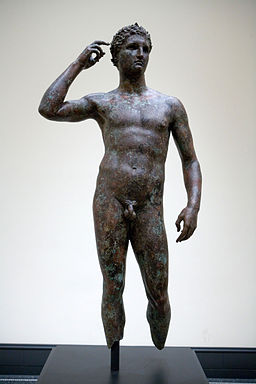
The Ancient Romans defeated the Ancient Greeks at the Battle of Corinth in 146 BCE, but this military victory did not mean that they got rid of the cultural tradition of the Greeks. In fact, many of the Ancient Greek style statues which survive today are Ancient Roman replicas, so taken were they by the Greeks' aesthetic achievements. The Ancient Romans in their turn were extremely influential in their bronze equestrian statues, such as the 176 CE statue of Marcus Aurelius, which since 1981 has been preserved in the Palazzo dei Conservatori. This style of equestrian statue became extremely popular once more in the Renaissance period.
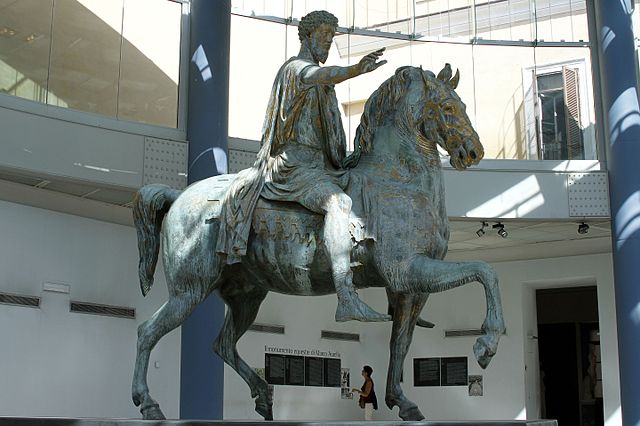

Pre-19th century bronze sculptors
Despite the few shining examples of classical and even prehistoric bronze sculpture, it was not common before the early 19th century for bronze sculptures to be created apart from as a part of special commemorative occasions. Bronze statues therefore, especially in Britain, were produced so as to celebrate figures of authority and prominence such as the monarchy.
In this tradition we have sculptors such as the Hubert le Sueur (1580-1685) who came to London from France as part of the retinue of Charles I and was thus the man behind such famous bronze sculptures as the Equestrian statue of Charles I at Charing Cross, London. This was the first Renaissance style equestrian statue in England, and it took the place of the largest of Edward I's twelve Eleanor Crosses, which were erected 1291-1295. An elaborate reconstruction of the original Eleanor cross was built again in Charing Cross alongside the Charles I statue 1864-1865.
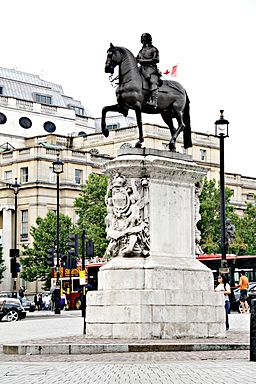
Modern era
The early 19th century saw more frequent creation of bronze sculptures. Here figures such as Francis Chantrey (1781-1841) and Richard Westmacott (1775-1856) come to the fore. Chantrey was the foremost portrait sculptor of the time in Regency Britain. He, following in the footsteps of the Romans and of Hubert le Sueur, produced several bronze equestrian style sculptures which are still very famous today. This includes his bronze equestrian statue of Thomas Munro which stands in the city of Chennai in India, and the bronze equestrian statue of King George IV which still stands resplendent in Trafalgar Square.
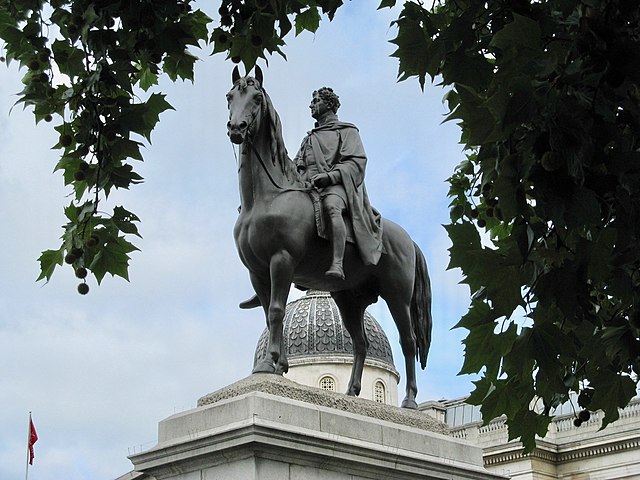
Westmacott's bronze statues are also still very notable, including his statue of Achilles which stands in Hyde Park Corner, and his statue of Horatio Nelson in Birmingham. When it was completed in 1809, it was not only the first publicly funded statue in Birmingham, but also the first statue of Nelson in Britain.
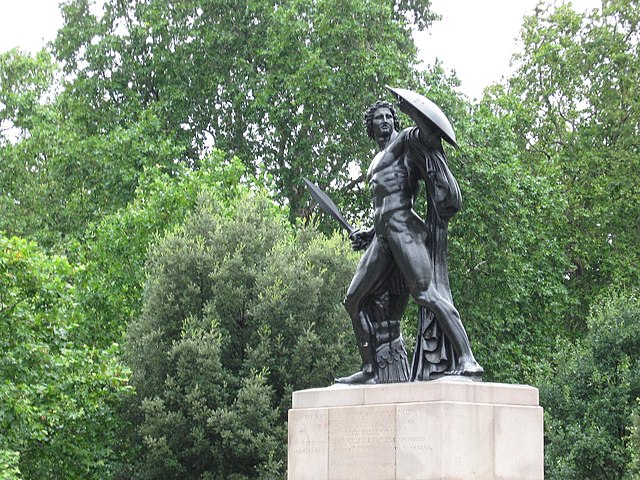
Bronze sculptures of the modern era haven't all been commemorative, as towering figures of the art such as Auguste Rodin attest to. Rodin (1840-1917) is generally thought of as being one of the founders of modern sculpture, and so we could not give an overview of some of the most famous names without mentioning his.
Rodin will probably be best known for his sculptures such as 'The Thinker' and 'The Burghers of Calais', both of which are made from bronze. His work eschewed what he saw as the formulaic academic style which predominated in the world of sculpture at the time. Instead, he injected a much needed dose of vitality and realism into his work, so that sculpture emerged as an art form brimming once more with the passions and intricacies of life.
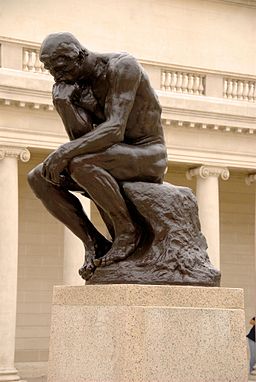
Contemporary bronze sculpture artists
The great tradition of bronze sculpture continues today through the work of such artists as Damien Hirst. This prolific and at times irreverent artist works in many different mediums, but some of his most arresting work has been in the world of sculpture. His statue 'Verity', for example, was completed in 2012 and at the time was the tallest statue in the UK. It was not just confrontational in its size but also in its striking depiction of a pregnant women holding a sword aloft, with the internal anatomy of the pregnant woman on show. This was a controversial work when it was first released, but it encouraged many more people to visit Ilfracombe, a harbour town in Devon, than they would normally see. The work is officially loaned to Ilfracombe for 20 years, and so can be seen there until 2032. Another of Hirst's most affecting bronze sculptures is 'St. Bartholomew, Exquisite Pain', which was completed in 2006. This bronze sculpture depicts St. Bartholomew, one of the twelve apostles. It takes influence from religious woodcuts and etchings which Hirst saw when younger, and it delivers a powerful hit of beauty and tragedy all at once.
